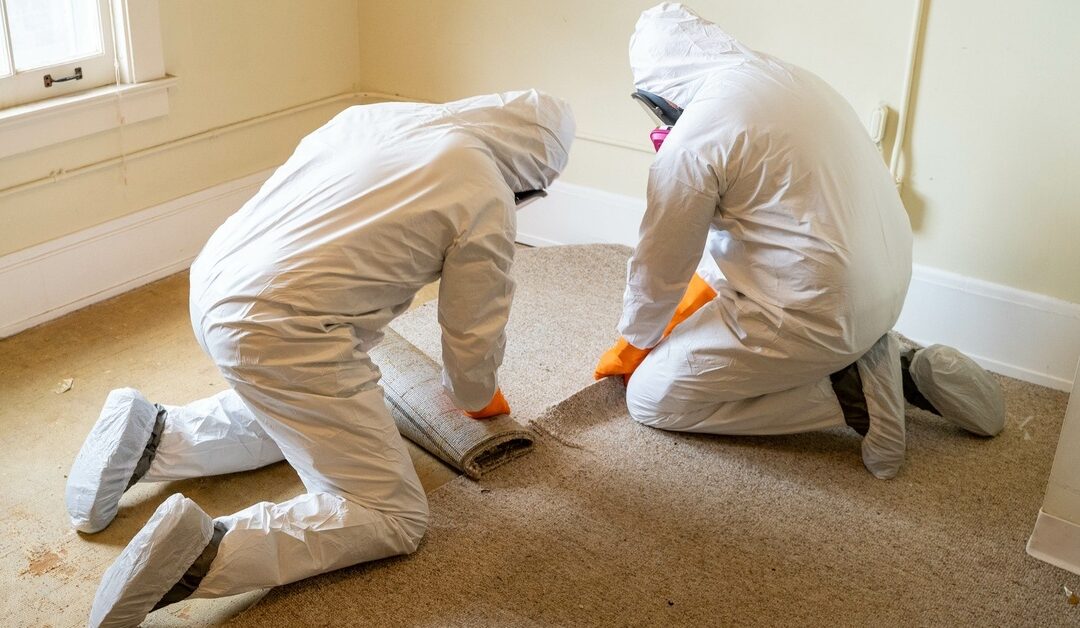Indoor air quality matters more than you might realize. The air inside your home could be more polluted than the air outside! Common culprits include radon, mold, and volatile organic compounds (VOCs) from paint or cleaning products.
With a quick guide to testing your indoor air quality, you gain the knowledge to identify and eliminate these hidden threats. Poor indoor air quality (IAQ) can make your space uncomfortable and negatively affect your health, leading to serious short-term and long-term consequences.
Why You Should Test Your Indoor Air Quality
Short-term effects, like allergies, headaches, and fatigue, are inconvenient and uncomfortable, but the long-term risks are more serious. Chronic exposure to pollutants can lead to respiratory problems, heart disease, and even cancer. Radon exposure, for example, is the second leading cause of lung cancer in the US after smoking cigarettes.
Testing is important because the most dangerous threats are invisible and odorless. Radon gas and carbon monoxide can lurk in your home without any noticeable signs, making them even more dangerous. Professional testing for these toxins is invaluable, especially for hiring a specialized radon gas testing service for accurate detection.
What Pollutants Should You Test For?
Radon is one of the most hazardous indoor pollutants. Originating from the natural decay of uranium in soil, it seeps into homes through cracks in foundations and basements. Testing for radon is crucial, as it doesn’t produce any smell or visible signs but poses life-threatening risks. Mold and moisture are also common problems, with damp areas providing the perfect breeding ground for spores that can aggravate allergies and asthma.
Another significant source of poor IAQ is VOCs, which are released by household items like paints, building materials, and cleaning products. These chemicals contribute to air toxicity and can affect your health over time. Lastly, carbon monoxide deserves emphasis. This odorless and deadly gas results from faulty appliances and can have catastrophic consequences. Identifying and addressing these threats is key to creating a safe indoor environment.
How To Test Your Indoor Air Quality
There are two main approaches to testing your home’s air quality. DIY test kits are readily available and can give you a basic understanding of certain pollutants. However, their accuracy and scope are limited. Opt for professional services to get a comprehensive evaluation. A certified tester will identify issues with precision, providing reliable results that are particularly beneficial if you live in high-risk areas or are involved in real estate transactions.
Take Control of the Air You Breathe
Knowing what’s in the air you breathe is a necessity. Your health depends on clean air. If you’re unsure where to start, this quick guide to testing your indoor air quality can help you navigate your options and choose the right approach. Whether you use a DIY kit or hire a professional, testing your home’s indoor air quality is a vital step toward a healthier home. Take action today, and protect the spaces where life happens.


Recent Comments